What is the Role of Ceramic Coatings in Solar Panel Protection?
Introduction
Solar panels are a significant investment for both residential and commercial energy solutions. Protecting these panels from environmental damage and ensuring their longevity is crucial.
One of the most effective ways to achieve this is by applying ceramic coatings. But what exactly is the role of ceramic coatings in solar panel protection? Let’s delve into the specifics to understand their benefits and applications.
Solar panels are exposed to various environmental elements, making them susceptible to wear and tear over time. However, ceramic coatings offer a robust solution to enhance their resilience and prolong their lifespan.
Let’s delve into how ceramic coatings protect solar panels and ensure optimal performance.
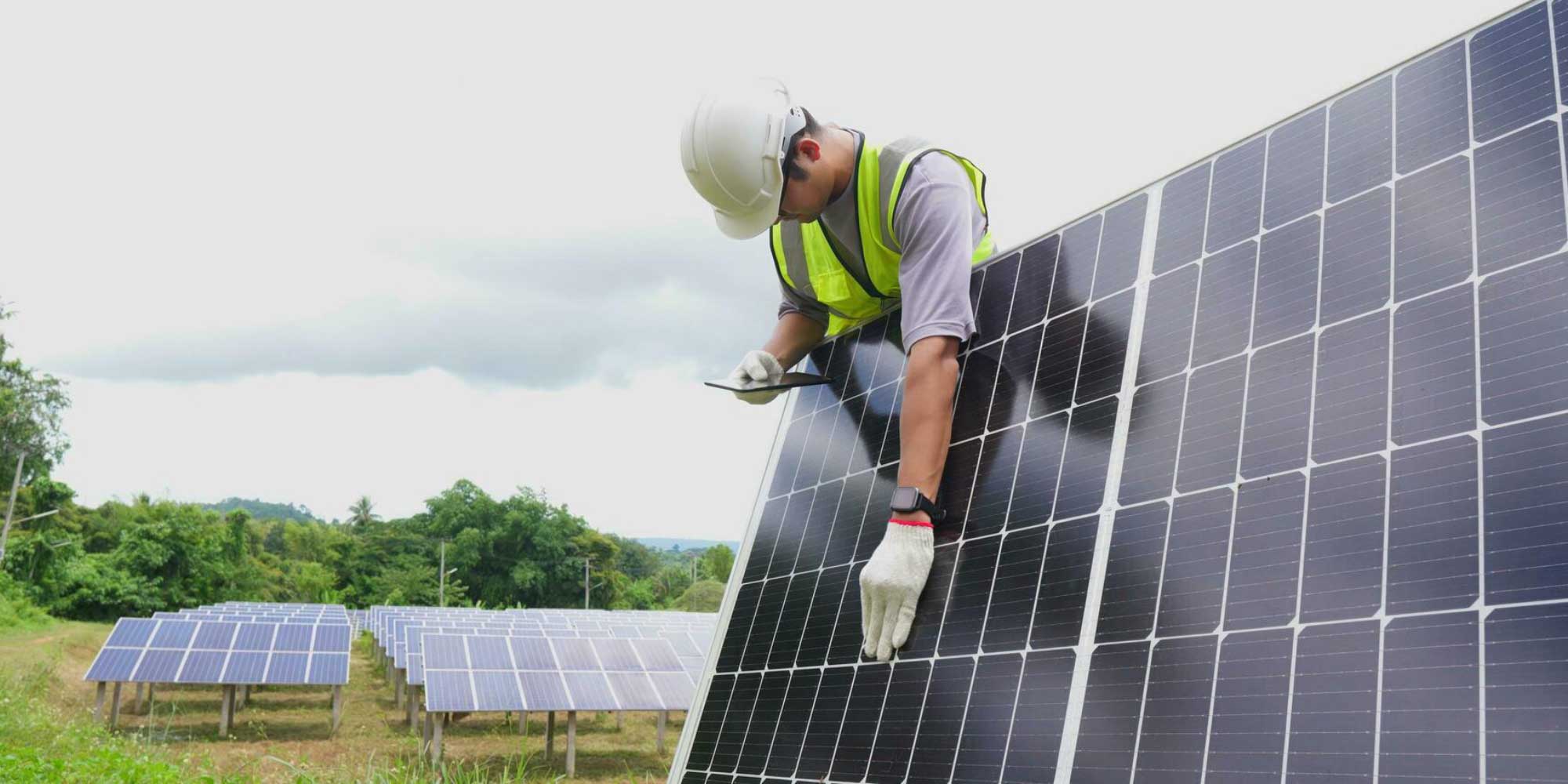
Understanding Ceramic Coatings
Definition and Composition
Ceramic coatings are advanced protective layers made from inorganic materials, primarily silicon dioxide or titanium dioxide. These coatings form a chemically bonded layer on the surface of the solar panels, offering robust protection against various environmental elements.
Types of Ceramic Coatings
There are several types of ceramic coatings, including:
- Hydrophobic Coatings: Repel water and reduce dirt buildup.
- UV-Resistant Coatings: Protect against ultraviolet radiation.
- Thermal Barrier Coatings: Help in temperature regulation.
How Ceramic Coatings Work
Ceramic coatings work by creating a thin, yet highly durable, barrier on the surface of the solar panels. This barrier is resistant to UV rays, extreme temperatures, and physical wear. It also possesses hydrophobic properties, which means it repels water, reducing the likelihood of dirt and grime accumulation.
Advantages of Ceramic Coatings for Solar Panels
Enhanced Durability
Ceramic coatings significantly enhance the durability of solar panels. By protecting against scratches, physical impacts, and chemical corrosion, these coatings ensure that the panels remain functional and efficient for a longer period.
UV Protection
One of the primary benefits of ceramic coatings is their ability to block harmful UV rays. UV radiation can degrade the materials in solar panels over time, reducing their efficiency and lifespan. Ceramic coatings mitigate this damage, preserving the panels’ effectiveness.
Hydrophobic Properties
The hydrophobic nature of ceramic coatings means that water, dust, and other debris are less likely to adhere to the surface of the solar panels. This property not only keeps the panels cleaner but also reduces the frequency and cost of maintenance.
Thermal Regulation
Ceramic coatings can help regulate the temperature of solar panels. By reflecting excess heat, these coatings prevent overheating, which can otherwise lead to reduced efficiency and potential damage.
Application Process
Preparation and Cleaning
Before applying a ceramic coating, the solar panels must be thoroughly cleaned to remove any dirt, grease, or other contaminants. This step is crucial to ensure proper adhesion of the coating.
Coating Application Techniques
Ceramic coatings can be applied using various techniques, including spray application, dip coating, or using a soft cloth for manual application. The choice of method depends on the type of coating and the specific requirements of the installation.
Curing and Final Steps
After application, the coating needs to cure, which involves allowing it to set and bond properly with the surface of the solar panels. This process can take several hours to a few days, depending on the coating used. Once cured, the panels are ready for use, with enhanced protective properties.
Ceramic Coating For Solar Panel:
Cost-Benefit Analysis
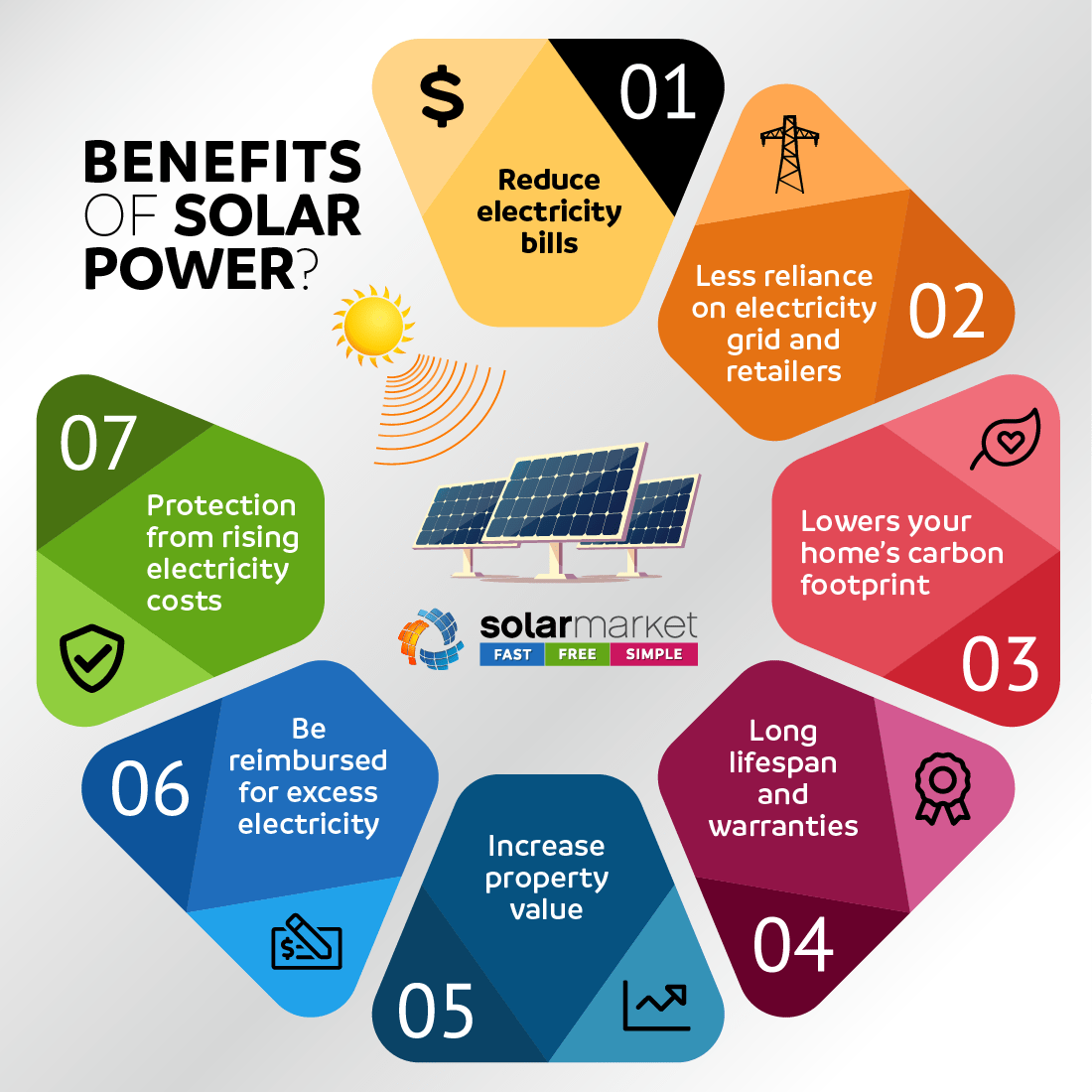
Cost-Benefit Analysis: Image source
Initial Investment
The initial cost of applying ceramic coatings to solar panels can vary based on the type and quality of the coating, as well as the size of the solar array. While there is an upfront investment, the benefits often justify the cost.
Long-term Savings
The long-term savings associated with ceramic coatings are significant. Reduced maintenance costs, enhanced efficiency, and extended lifespan of the panels contribute to substantial financial savings over time.
Return on Investment (ROI)
Considering the improved performance and reduced operational costs, the return on investment for ceramic-coated solar panels is generally high. Homeowners and businesses can expect to recoup the initial costs through increased energy production and lower maintenance expenses.
Performance Improvements
Efficiency Enhancements
Ceramic coatings improve the efficiency of solar panels by keeping them cleaner and cooler. Reduced dirt buildup and lower operating temperatures mean that the panels can convert more sunlight into electricity.
Longevity of Solar Panels
By protecting against environmental damage and wear, ceramic coatings extend the lifespan of solar panels. This longevity means that panels do not need to be replaced as frequently, resulting in cost savings and reduced environmental impact.
Maintenance Reduction
The hydrophobic and protective properties of ceramic coatings lead to a significant reduction in maintenance needs. Panels stay cleaner for longer, and any necessary cleaning is easier and less frequent.
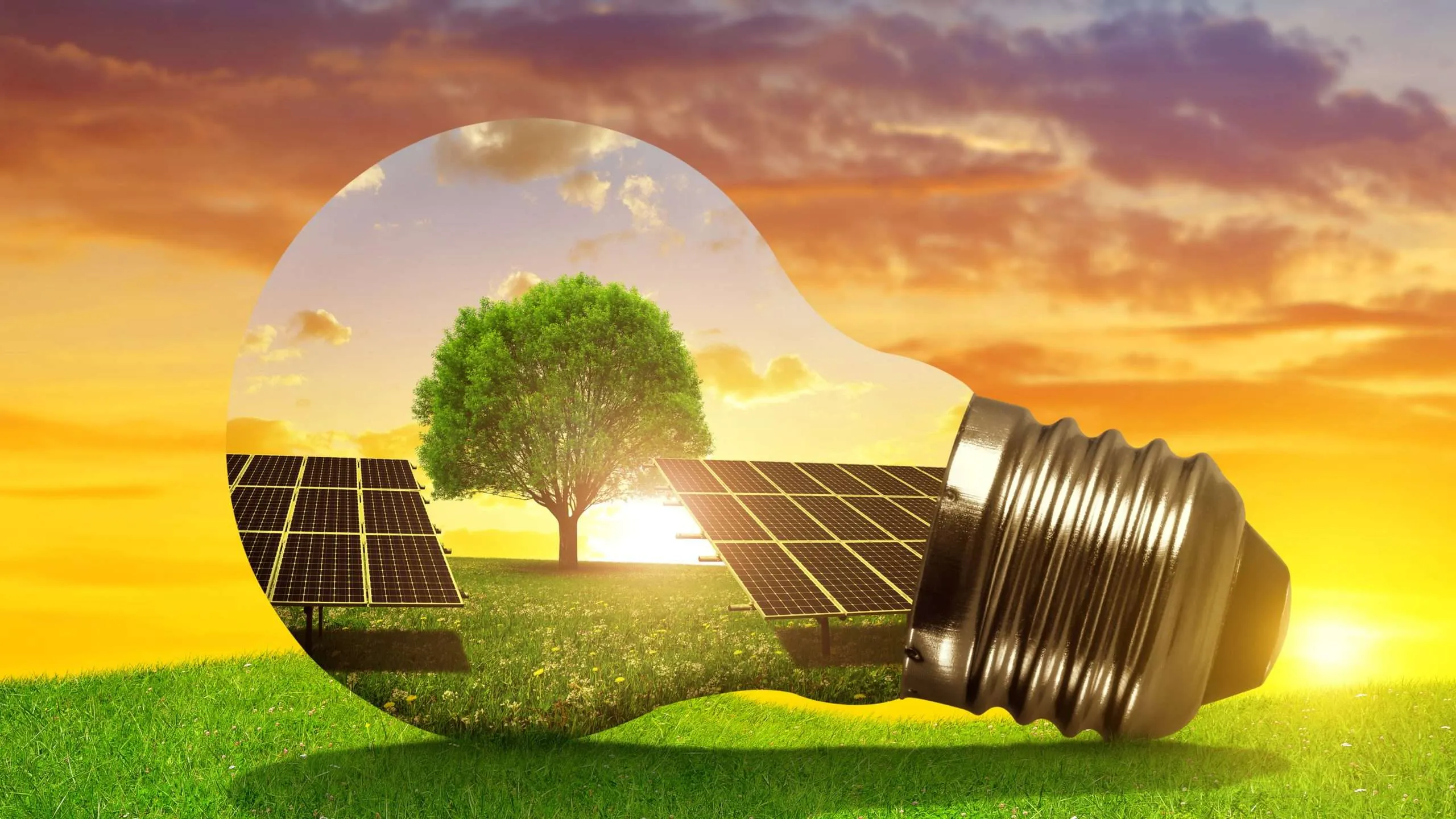
Environmental Impact
Eco-Friendly Properties
Ceramic coatings are typically made from environmentally friendly materials that do not pose a threat to the environment. Additionally, by extending the lifespan of solar panels, these coatings reduce the need for frequent replacements, which in turn reduces waste.
Contribution to Sustainable Energy
By enhancing the efficiency and durability of solar panels, ceramic coatings contribute to the broader goal of sustainable energy production. More efficient panels mean greater energy output with less environmental impact.
Reduction in Waste and Replacement
Longer-lasting solar panels mean fewer panels end up in landfills. The reduced need for replacements not only saves money but also minimizes the environmental footprint associated with manufacturing and disposing of solar panels.
Case Studies and Real-World Applications
Successful Implementations
Many solar farms and residential installations have successfully implemented ceramic coatings, resulting in noticeable improvements in performance and durability. For example, a solar farm in a desert region reported a 15% increase in energy production and a 30% reduction in maintenance costs after applying ceramic coatings.
Feedback from Solar Panel Owners
Solar panel owners who have used ceramic coatings often report higher satisfaction due to the reduced maintenance needs and improved energy output. Their feedback underscores the practical benefits of these coatings in real-world conditions.
Comparative Analysis of Coated vs. Uncoated Panels
Comparative studies consistently show that ceramic-coated solar panels outperform their uncoated counterparts in terms of efficiency, durability, and maintenance requirements. These studies provide concrete evidence of the advantages of ceramic coatings.
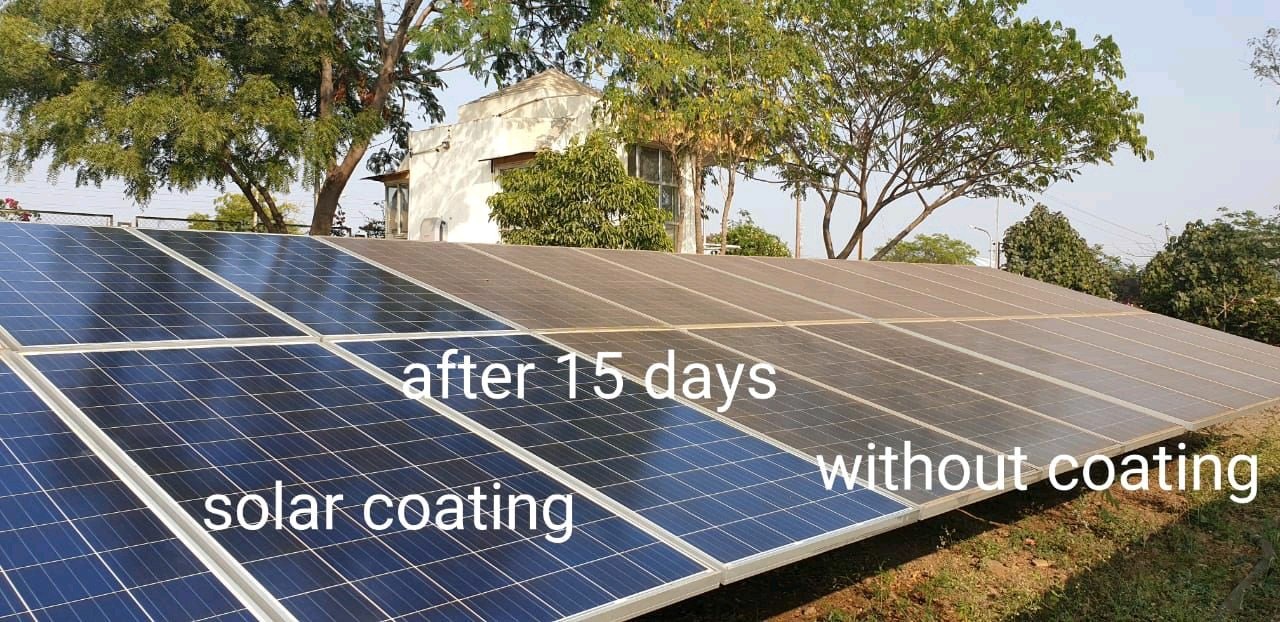
Innovations and Future Trends
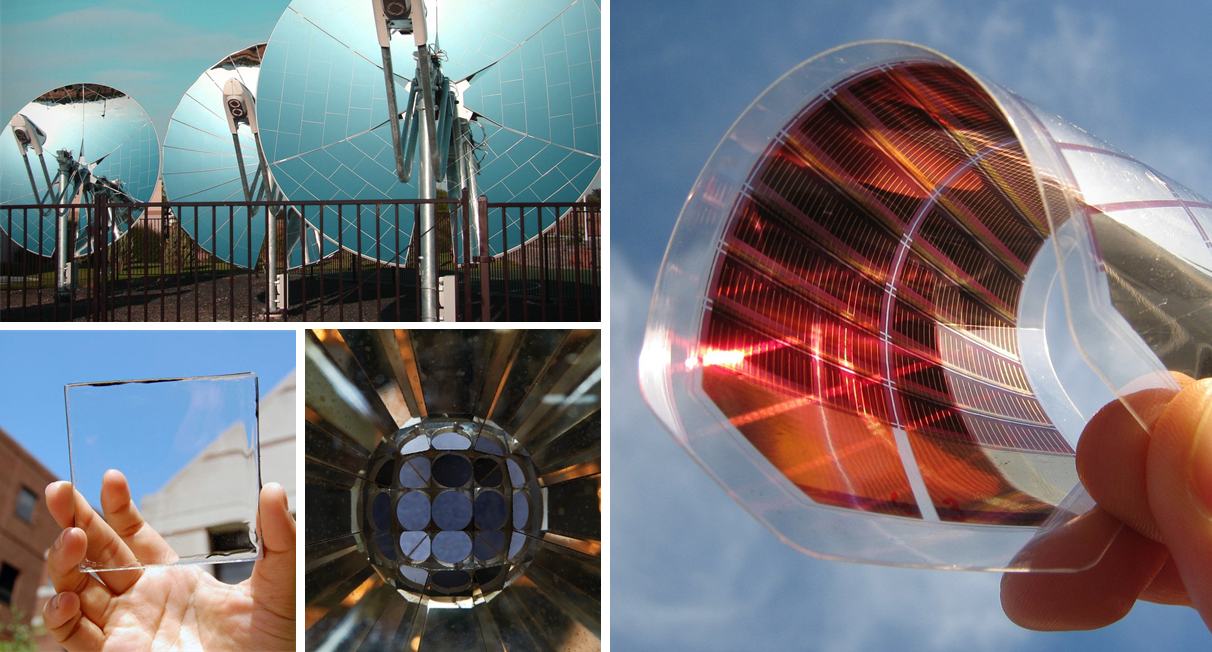
Advances in Ceramic Coating Technology
Ongoing research and development in ceramic coating technology are leading to even more effective and durable products. Innovations such as nano-ceramic coatings are promising enhanced performance and longer-lasting protection.
Future Applications
Future applications of ceramic coatings may extend beyond solar panels to include other renewable energy technologies and various industrial applications. The versatility and effectiveness of these coatings suggest a broad range of potential uses.
Research and Development
Continued investment in research and development is crucial for advancing ceramic coating technology. As more is learned about the materials and application processes, the performance and cost-effectiveness of these coatings will likely improve.
Cost Comparison Table
Parameter | Ceramic-Coated Solar Panels | Non-Coated Solar Panels |
Initial Cost | Higher | Lower |
Maintenance Frequency | Lower | Higher |
Efficiency Improvement | 10-20% Increase | No Improvement |
Lifespan | Extended | Standard |
Environmental Impact | Lower Carbon Footprint | Higher Carbon Footprint |
Long-term Savings | Higher | Lower |
Charts and Infographics
1. • Efficiency Gains Over Time: Image source
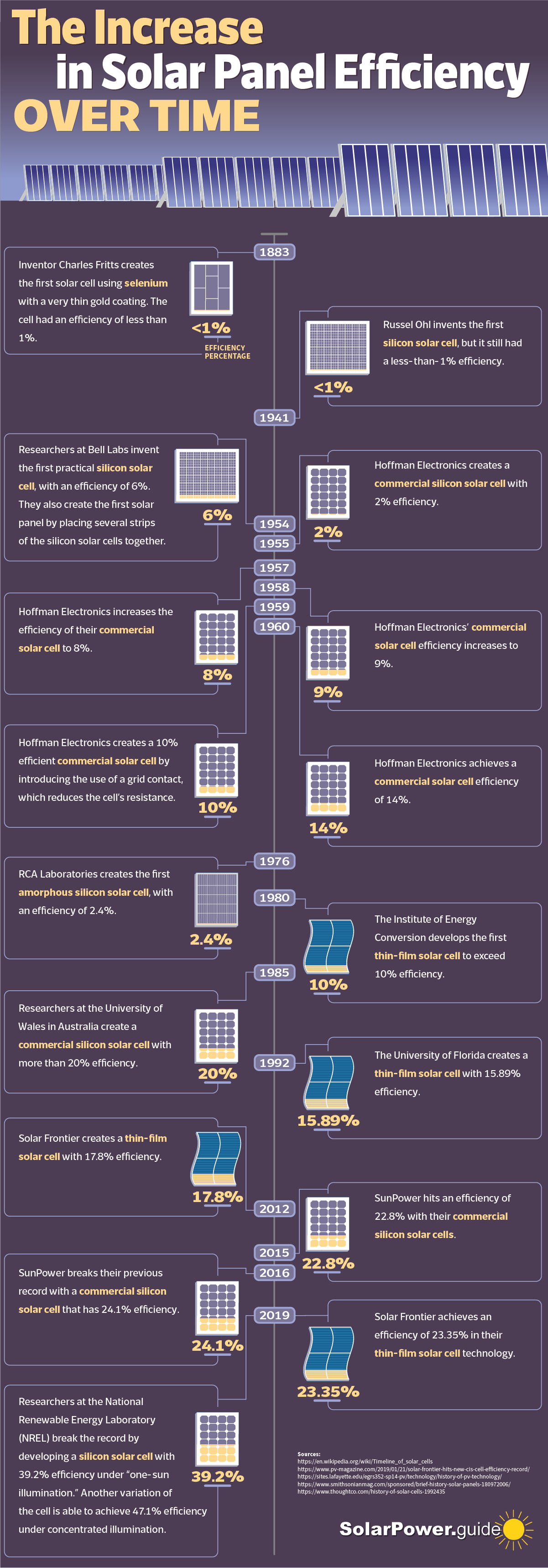
How Ceramic Coatings Safeguard Solar Panels?
Weather Resistance: Ceramic coatings create a durable barrier that shields solar panels from harsh weather conditions such as rain, hail, snow, and UV radiation. This protection prevents moisture ingress and UV degradation, preserving the integrity of the panels’ materials.
Anti-Soiling Properties: Solar panels can accumulate dirt, dust, and other contaminants, reducing their efficiency over time. Ceramic coatings repel dirt and maintain a clean surface, ensuring maximum light transmission and energy generation.
Thermal Insulation: Ceramic coatings provide thermal insulation properties, helping to regulate the temperature of solar panels. By reducing heat buildup, they prevent thermal stress and potential damage to the panels’ components.
Chemical Resistance: Ceramic coatings offer resistance to chemical exposure, including pollutants, bird droppings, and other corrosive substances. This protection prevents corrosion and deterioration of the panel surfaces, extending their operational lifespan
Optimizing Solar Panel Durability with Ceramic Coatings
To maximize the protective benefits of ceramic coatings for solar panels, consider the following tips:
Professional Application: Ensure ceramic coatings are applied by qualified professionals using proper techniques and equipment. A precise and thorough application is essential to achieve optimal coverage and effectiveness.
Regular Maintenance: Although ceramic coatings provide durable protection, regular maintenance is still necessary to keep solar panels clean and free from debris. Schedule periodic cleaning to remove any accumulated dirt or grime.
Quality Assurance: Choose high-quality ceramic coatings specifically formulated for solar panel applications. Select products from reputable manufacturers known for their reliability and performance.
Conclusion:
Ceramic coatings serve as a formidable defense mechanism for solar panels, offering protection against environmental hazards and prolonging their operational lifespan.
By repelling dirt, resisting weather damage, and providing thermal insulation, ceramic coatings ensure optimal performance and efficiency.
By understanding the protective properties of ceramic coatings and implementing proper maintenance practices, you can enhance the durability of your solar panel system and maximize its long-term reliability.
Frequently Asked Questions (FAQs)
What Are Ceramic Coatings Made Of?
Ceramic coatings are typically composed of inorganic materials such as silicon dioxide or titanium dioxide, which form a durable, protective layer on the solar panels.
How Long Do Ceramic Coatings Last?
The longevity of ceramic coatings can vary, but high-quality coatings can last for several years, often extending the lifespan of the solar panels themselves.
Are Ceramic Coatings Environmentally Friendly?
Yes, ceramic coatings are generally made.
Source Data Links
- Ceramic Solar Panel Source: Solar Panel Work Link
- Price Trends Analysis Source: Price Trends &Growth Link
- Market Trends Source: Market Report Link